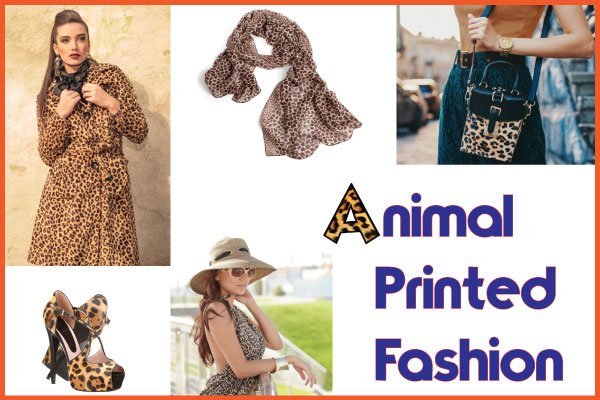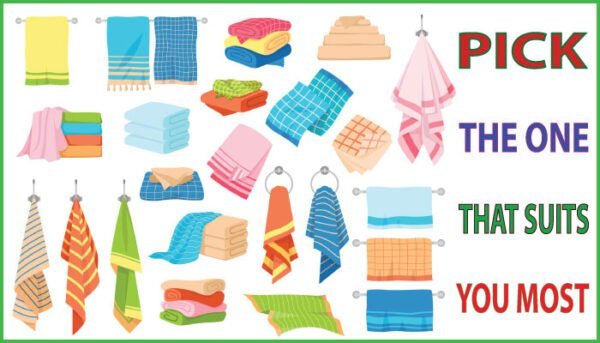Future of Textile Manufacturing Industries
Introduction India is one of the world’s leaders in textiles, with its fashion industry accounting for over 15% of the world’s total clothing exports. The textile industry has witnessed a lot of change in the last decade. India’s textile industry has evolved significantly, both in terms of technology and how business is done. This evolution[…]






